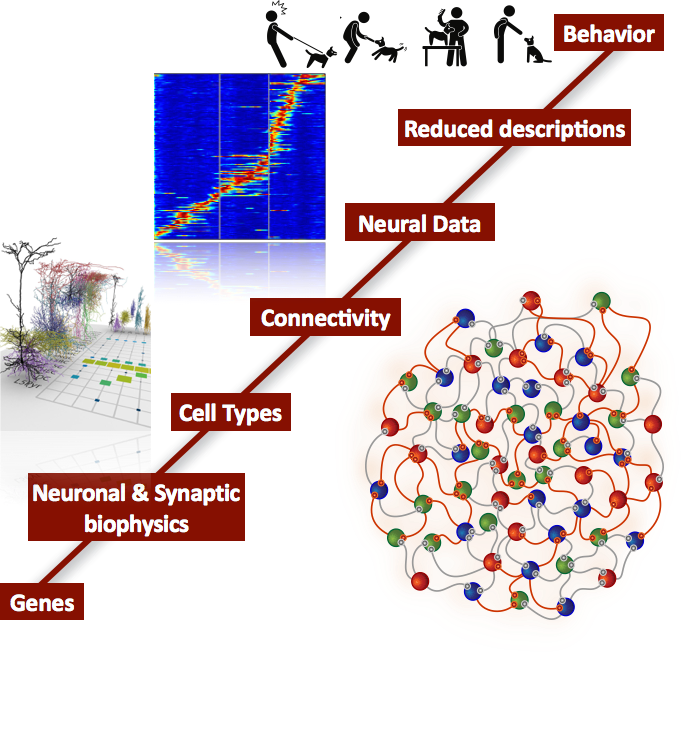
How do neural circuits generate behavior?
Description
**Faculty Candidate - Computational Neuroscience & Cognition**
Behavior arises from neural circuits that are enormously complex dynamic systems. A major goal in neuroscience is to characterize the essential components of these dynamics and to understand how they are generated by the biophysics of neurons and synapses. Toward this goal, I will describe network models that reveal basic features of neural circuit function. In one example, a model of posterior parietal cortex based on calcium imaging data is used to identify the degree of synaptic modification required to generate sequential neural activity through a novel mechanism involving a mixture of input-driven and internal dynamics. In a second example, a model of evidence accumulation reveals an unexpected nonlinear transformation in the representation of the integrated signal, a result verified by comparison with behavioral data. I will also discuss how the development of these models is informed by contributions I have made to random matrix theory and by the use of statistical physics to analyze network dynamics. To conclude my talk, I will discuss four directions where I believe theoretical advances, particularly in collaboration with experimental discoveries, will generate important new insights: Neural sequences as a novel substrate for memory-based and repetitive actions; Acquisition and implementation of cognitive maps to represent abstract contextual variables; Generating and testing hypotheses for computational strategies used by brain circuits; and Developing unsupervised and reward-based learning procedures to model biological mechanisms of learning.

